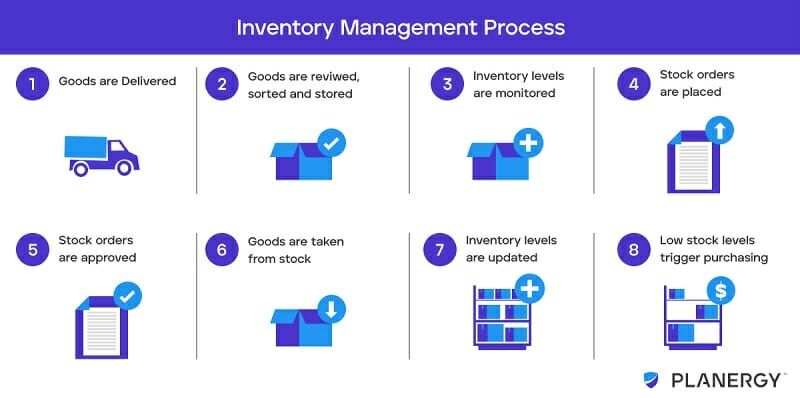Effective inventory management is crucial for small businesses to maximize profits and minimize waste. By implementing best practices, businesses can ensure they have the right products in stock at the right time, leading to increased customer satisfaction and improved overall efficiency. In this article, we will discuss some key tips and strategies for small businesses to optimize their inventory management processes.
Utilize Inventory Management Software
Investing in inventory management software can greatly streamline the process of tracking and managing inventory. These tools can help small businesses track stock levels, reduce errors, and automate processes such as reordering and tracking sales trends. Popular options include software like QuickBooks, Zoho Inventory, and TradeGecko.
Implement Just-In-Time Inventory
Just-In-Time (JIT) inventory management involves keeping a minimal amount of inventory on hand to reduce storage costs and prevent obsolescence. By ordering products only when they are needed, businesses can minimize excess inventory and improve cash flow. However, it is important to have reliable suppliers and accurate demand forecasting to successfully implement JIT inventory management.
Establish Inventory Control Policies
Small businesses should establish clear inventory control policies to ensure accuracy and accountability. This includes regular inventory counts, proper labeling and organization of storage areas, and implementing security measures to prevent theft or loss. By enforcing strict inventory control policies, businesses can minimize errors and improve overall efficiency.
Prioritize ABC Analysis
ABC analysis categorizes inventory items based on their value and turnover rate. Classifying items as A, B, or C can help businesses prioritize which products to focus on and allocate resources accordingly. A items are high-value items with low turnover, while C items are low-value items with high turnover. By understanding the value and demand of each item, businesses can make informed decisions about inventory management.
Optimize Reorder Points
Setting optimal reorder points for each product is essential for efficient inventory management. Reorder points are the predetermined stock levels at which businesses need to reorder products to avoid stockouts. Factors to consider when determining reorder points include lead times, demand variability, and safety stock levels. By accurately calculating reorder points, businesses can prevent excess inventory and minimize stockouts.
Utilize Data Analytics
Data analytics can provide valuable insights into inventory trends and patterns. By analyzing sales data, stock levels, and customer behavior, businesses can make informed decisions about inventory management. Data analytics can help businesses identify slow-moving items, forecast demand, and optimize stocking levels. Small businesses can leverage tools like Tableau, Google Analytics, or Excel to analyze and interpret inventory data.
Embrace Automation
Automation can greatly streamline inventory management processes and reduce manual errors. Small businesses can automate tasks such as order processing, inventory tracking, and demand forecasting using tools like barcode scanners, RFID technology, and inventory management software. By embracing automation, businesses can improve efficiency, accuracy, and overall productivity.
Conclusion
Effective inventory management is essential for small businesses to thrive in today’s competitive market. By implementing best practices such as utilizing inventory management software, implementing JIT inventory, establishing control policies, prioritizing ABC analysis, optimizing reorder points, utilizing data analytics, and embracing automation, businesses can improve their operations and drive profitability. By following these tips and strategies, small businesses can effectively manage their inventory and achieve long-term success.
